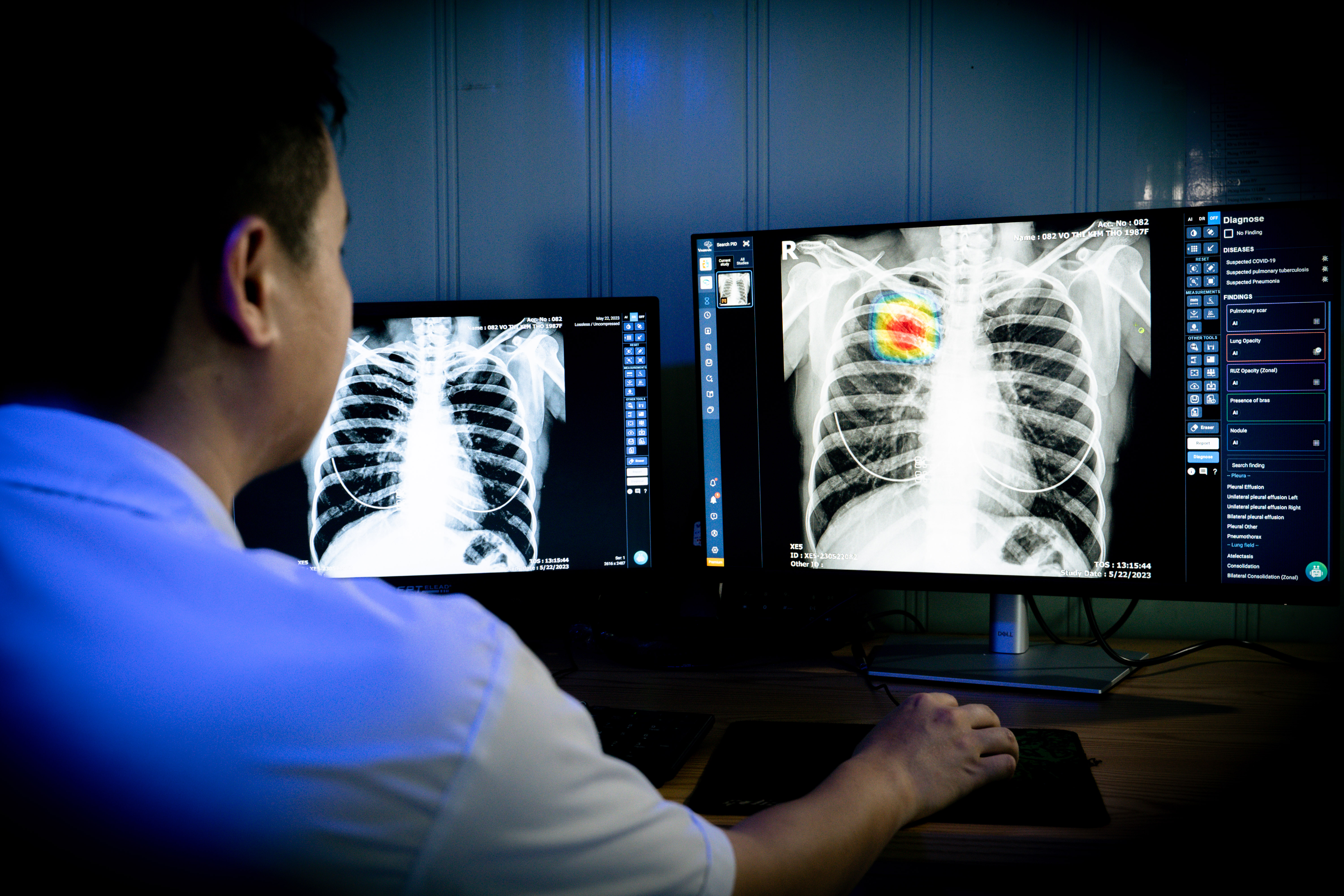
In the digital age, AI-powered voice recognition technology has become an integral part of our lives, extending beyond virtual assistants like Siri, Alexa, and Google Assistant into various specialized fields. In healthcare, this tool unlocks significant potential, optimizing doctors' workflows and enhancing patient care quality. But what makes this feature so impactful? Let's dive in to find out.
The challenges of medical data input
According to a study published in the Journal of the American College of Radiology, about 20% of radiology reports contain at least one error. These errors can directly impact diagnosis and treatment quality, posing risks to patient health. Maintaining maximum focus during diagnosis is crucial, yet doctors often struggle to balance their clinical duties with the task of writing medical reports.
"A typical PET (Positron Emission Tomography) scan reading involves two people: an image analyst and a transcriptionist. If the radiologist reads too quickly, the transcriptionist may not be able to keep up or may record the results incorrectly," explains Dr. Mai Huy Thong, Department of Nuclear Medicine at 108 Military Central Hospital. He adds that due to limited resources, doctors often must manage both tasks, leading to a loss of key details during data input and causing delays as they double-check their work.
 Maintaining maximum focus during diagnosis is crucial
Maintaining maximum focus during diagnosis is crucial
Overall, multitasking between image analysis and data input can lead to:
Losing focus on core tasks
Simultaneously reading images and writing reports can decrease doctors' concentration on their primary work. This split attention increases the risk of missing critical diagnostic details, directly affecting patient care quality.
Increased patient waiting time
Manual data input forces doctors to spend excessive time on administrative tasks, reducing efficiency in diagnosis and treatment. This not only diminishes service quality but also lengthens patient waiting time.
The urgent need for AI solutions
To address these challenges, AI-powered voice recognition or speech-to-text technology has emerged as an effective solution. This groundbreaking technology enables doctors to instantly verbalize information, which the system then converts into a standardized medical report following the Radreport of the Radiological Society of North America (RSNA) and uploads to the patient record system.
"The ultimate goal is to make radiology reporting more efficient, error-free and concise without burdening the radiologist with new tasks. Instead, next generation reporting systems would work in conjunction with the radiologist", says Dr. Adam Flanders, Board Member of the RSNA.
VinBrain is at the forefront of this technology, integrating it into the DrAid™ Enterprise Data Solution platform as a feature called “Speech-to-Text Report Generation”. This feature reduces the time spent on medical report generation by 82%, requiring only 40-60 seconds instead of 4-5 minutes per case.
 The interface of "Speech-to-Text Report Generation” feature
The interface of "Speech-to-Text Report Generation” feature
Benefits of the feature
"According to our hospital's trial results, AI achieved a character conversion accuracy rate of nearly 85%," shared Dr. Mai Huy Thong after using the DrAid™ platform.
Voice recognition technology is becoming an indispensable tool in healthcare, optimizing workflows and improving service quality. With continuous advancements, the future of smart healthcare is increasingly clear and full of promise.
Top